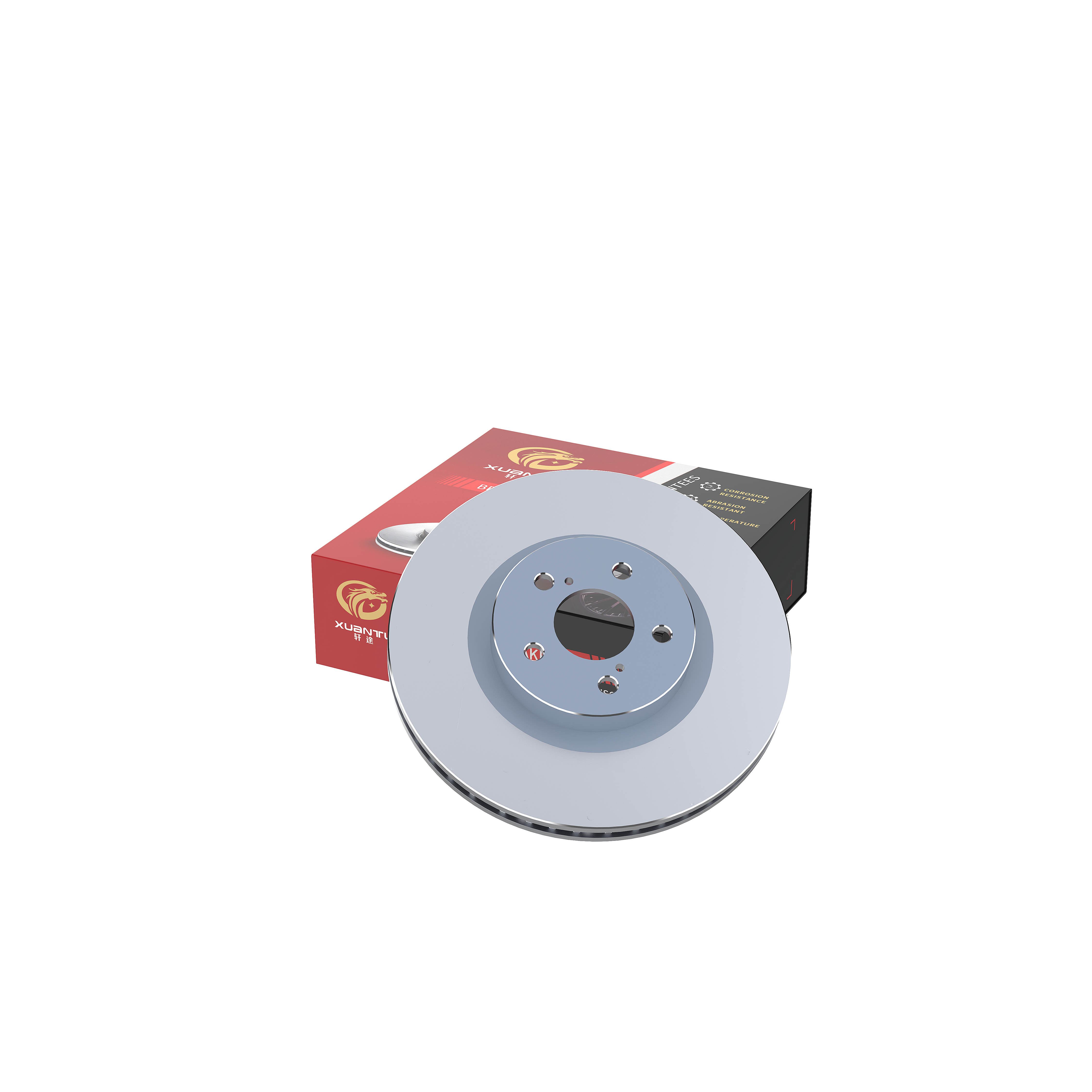brakes and rotors cost
The cost of brakes and rotors represents a crucial investment in vehicle safety and performance. These essential components typically range from $150 to $1000 per axle, depending on vehicle make and model. Brake rotors, also known as brake discs, work in conjunction with brake pads to create the friction necessary to slow and stop your vehicle. The cost varies significantly based on factors including material quality, brand reputation, and technological features such as cross-drilling or slotting for enhanced heat dissipation. Modern brake systems incorporate advanced materials like ceramic compounds and high-carbon steel, offering improved durability and performance. Installation costs generally range from $150 to $300 per axle, though this can vary by location and service provider. Many manufacturers now offer coated rotors that resist rust and corrosion, potentially extending service life and maintaining aesthetic appeal. The investment in quality brakes and rotors directly impacts stopping power, brake fade resistance, and overall vehicle safety. Regular maintenance and timely replacement can prevent more costly repairs and ensure optimal braking performance.
